On That Fit Friend, I review a wide range of barefoot shoes. From more premium barefoot shoes that cost $200, like the Motus Strength, to budget options like AIRHAS from Amazon that cost $40, I try to cover them all.
A big question that I get all of the time on Instagram and my YouTube channel is, “Are the more expensive barefoot shoes worth it?”
After all, if you go with options from Vivobarefoot, you’re paying north of $150, whereas you can find options around $40-50 on Amazon. The premium options are 3-5x the price of the cheap options — but do they perform 3-5x better?
To answer this question, I put together a very… um, we’ll call it a primitive test to assess the durability of each of these shoes. I held my first-ever scuff test to see which shoe’s sole I could completely break down first.
Setting the Stage
If you look at other shoe reviews, you’ll see people using fancy tools to assess materials. While there’s nothing necessarily wrong with that, I don’t think it truly reflects the wear and tear that most of us will put into our shoes.
For example, putting a sander on mesh and rubber outsoles doesn’t directly reflect the durability that we’ll experience when wearing shoes day in and day out or training in them.
A sander can’t replicate the friction that we get from the force we put into shoes on the ground when walking, running, and training.
In Comes My Scuff Test
The scuff test was my way of expediting a durability test while replicating the type of friction we’ll get in shoes when using them for walking for longer periods of time.
Essentially, I wore a $40 AIRHAS Barefoot Shoe and a $160 Vivobaerefoot Primus Lite 3.5 on each foot, and I shuffled around my neighborhood for 2.5 hours.
I scuffed my forefoot on each shoe with every step to see which shoe’s outsole tread faded the fastest and which sole lost its thickness quickest. Will the $40 shoe last as long as the $160?
Yes, I know, I know, it’s not a perfect foolproof test, but in my lowly opinion, the scuff test is closer to what you’ll experience over months of wear on concrete and different surfaces versus a sander (different settings, sander surfaces, etc. will also vary with this tool).
Without further ado, let’s take some bets. Which shoe do you think is going to last longer — or at least show fewer signs of wear and tear?
30-Minutes In
At 30 minutes, both shoes were starting to show signs of their tread fading at what I would describe as a similar rate.
In terms of lugs, the Vivobarefoot’s outsole is a little more profile than the AIRHAS model. The rubber compositions are also different, which I found to be super interesting in the context of breakdown rates as this test went on.
Both shoes were showing pretty isolated tread wear right in the middle of the forefoot.
A few other odds and ends: the red Vivobarefoot branding started to flake off on the Primus Lite 3.5, and the outsides of the outsole on the AIRHAS showed more breakdown than the Vivobarefoot outsole.
Winner At 30 Minutes: Vivobarefoot
60-Minutes In
At 60 minutes, both shoes showed considerable signs of breakdown, and their treads were pretty much smoothed at the forefoot point where the most friction occurred.
The tread on both of these shoes was smoothed out, and believe it or not, the Vivobarefoot shoe’s tread was a little more worn at this point. You can see that it faded a bit across the toe box, whereas the AIRHAS was more centric.
Another interesting thing I noticed at this point was the “feel” of both of these shoes, and that’s going to be a theme that carries on as this test progresses.
Despite the Vivobarefoot technically showing more fade, its outsole was holding more integrity. The AIRHAS outsole was starting to get softer and lose its initial rigidity.
Winner At 60 Minutes: AIRHAS
90-Minutes In
At 90 minutes, we had another lead shift with signs of breakdown.
At this point, the tread on both was completely bald, and it was a race to the bottom for which the shoe’s forefoot would be completely bald. At this point, I really started to notice the differences in “feel” between these shoes.
Check out how the Vivobarefoot looks pretty similar to its 60-minute performance. The AIRHAS…not so much the same. The tread fading on this model had expedited at a much faster rate at this point.
I think because the rubber is cheaper and softer on the AIRHAS, once it faded, it really started to fade. For example, you can see that the sides of the AIRHAS model are also fading more — the Vivboarefoot, not so much.
The feeling in these shoes also started to change a lot more at this point. There was less stack height/thickness in the AIRHAS and you could feel the ground a lot more in this shoe compared to at the start. The Vivobarefoot felt consistent.
Winner At 90 Minutes: Vivobarefoot
120 and 150 Minutes In
At 2 and 2.5 hours, I didn’t notice a lot of changes between the shoes when it came to physical sole fading.
Both shoes had lost the tread that was present for the scuff area where I was producing force. I noticed at 2+ hours, it wasn’t so much a difference in tread that I noticed but the impact of each shoe.
The AIRHAS model’s sole had completely thinned out at the main contact point and it was actually pretty painful to scuff my foot in this shoe at this point.
I found this super interesting since the stack height is higher on the AIRHAS shoe compared to the Vivobarefoot shoe. It makes sense, though, when you consider the differences in materials used.
The cheaper and stickier rubber likely catches and loses more material with each scuff compared to the denser rubber on the Vivboarefoot shoe. My theory is that the denser rubber slides better, so it doesn’t lose as much material with each impact.
Winner At 120-150 Minutes: Vivobarefoot
Post-Game Breakdown
Consider me impressed with the AIRHAS model. I thought it did exceptionally well in this head-to-head match-up, especially considering it cost a third of the Vivobarefoot shoe.
If you’re a beginner just getting into barefoot shoes and you don’t feel like spending a bunch of money on a pair, take solace in the fact that models like the AIRHAS shoe will do just fine for your needs.
Models like this will have less “ground feel” compared to more premium brands, but for beginners, budget shoppers, and generalists — this shouldn’t matter that much.
My Personal Quips and Thoughts
While I like the AIRHAS shoe and see its benefits for different populations, I don’t love it.
One, they’re knockoffs of bigger brand shoes made with worse materials. You can typically find models from AIRHAS and WHITIN on Alibaba for dirt cheap, for example. It’s not a bad thing, per se, it’s just the nature of the beast at this point.
Two, I’d rather support small businesses that spend more on creating something original and innovating versus only reaching for cheap copycats.
For example, we can all agree that Vivobarefoot is expensive AF; however, at least they’re trying to innovate and move the needle forward with barefoot shoes. I digress, though.
If you only want to spend on models like AIRHAS, I won’t judge ya, and know you’ll be getting a solid shoe for the price.
Have shoes you’d love to see in the next scuff test? Drop which you’d like to see in the comments below!

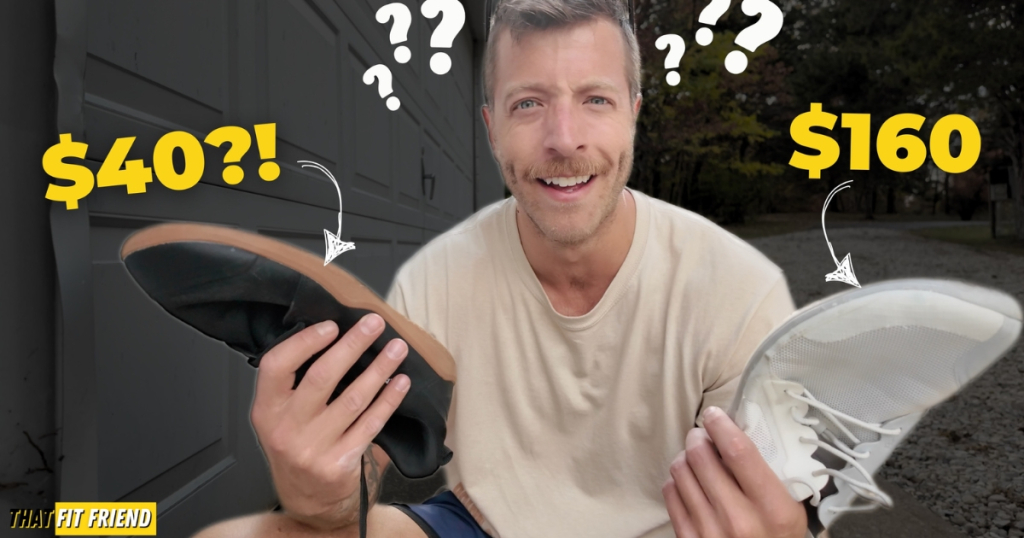


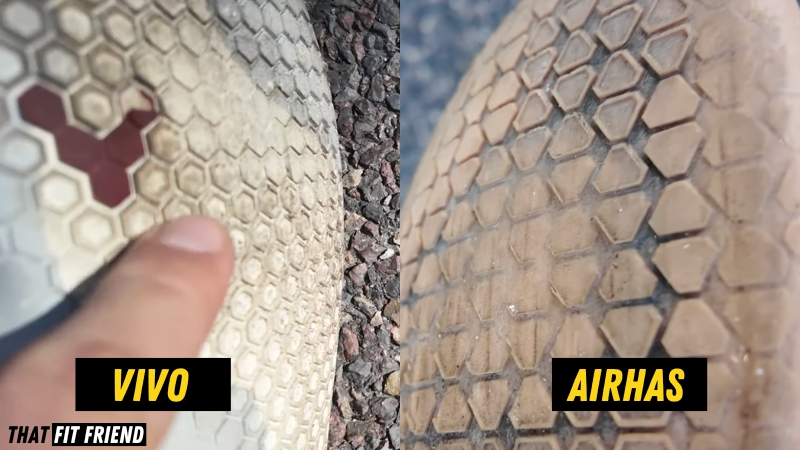
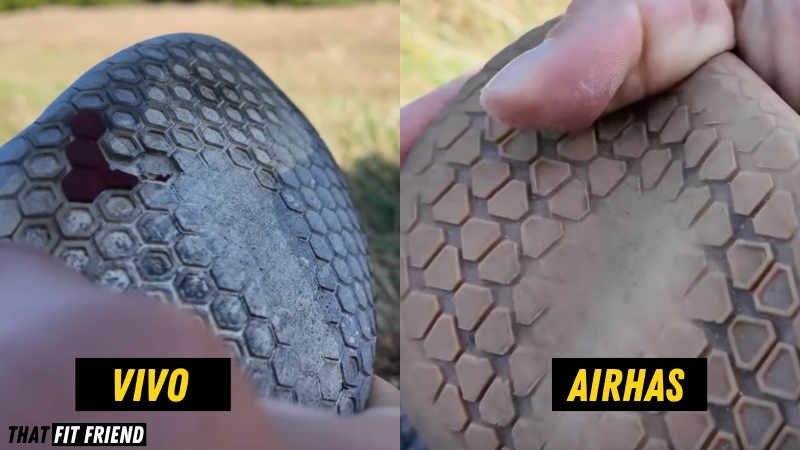

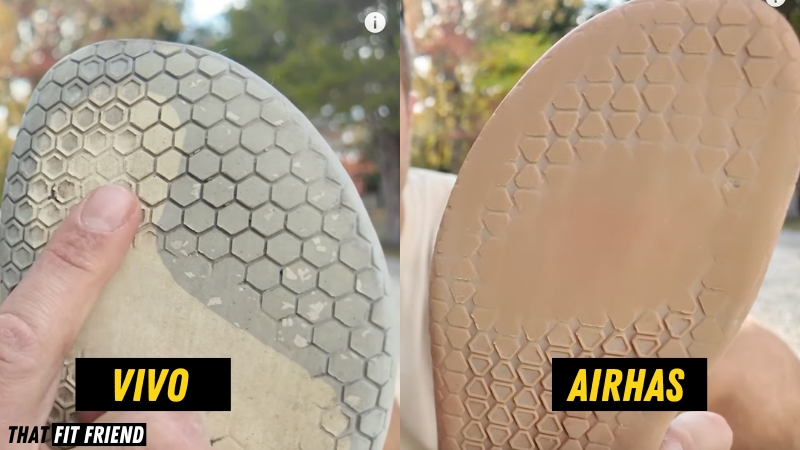

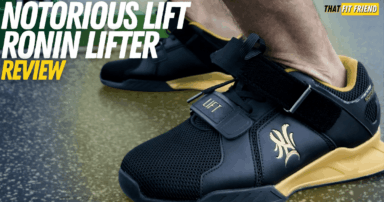



James
I do enjoy Vivobarefoot shoes and have several pair, but the firmer sole compound, especially on the FG models takes some getting used to. I agree that the best starter barefoot shoes for the money are the off brands, but at least Vivo appears to price in the cost of labor that is more fair. I enjoy your videos by the way, thanks.
Thank you for checking it out and sharing your experiences!